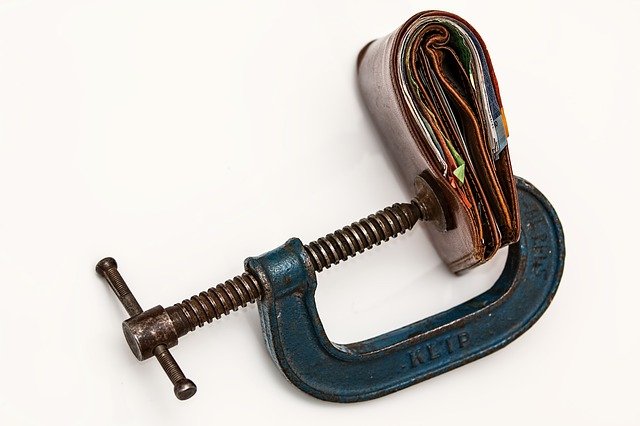More older Americans are facing debt now than 20 years ago, reports the Employee Benefits Research Institute (EBRI). And the size of their debt is twice what it has been. One principal reason: Health care costs.
Medicare only covers about half of a typical person’s health care costs, in large part because it does not pay for long-term supports and services. Expanding and improving Medicare for everyone in the US would help reduce debt significantly for older adults. Not only would it cover health care costs in full, without copays and deductibles, it would cover long-term care. Expanded Social Security benefits would also help tremendously.
The government and businesses once helped to support older people in retirement to a far greater extent than they do today. Medicare covered a larger proportion of people’s health care costs and people did not have to rely as heavily on their Social Security benefits for basic needs as they currently do.
According to EBRI, “American families with heads just reaching retirement or those newly retired are more likely to have debt — and higher levels of debt — than past generations.” The EBRI data show that 68.4 percent of older adults 55 and older faced debt in 2019, up from 53.8 percent in 1992. Fifty-seven percent of older adult heads of household between 65 and 74 carried debt in 2016. In 1998, 47 percent of them carried debt.
The proportion of older adults 75 and older with debt is higher than it has been since 1992. In 2019, 51.4 percent of heads of household who were 75 and older carried debt. In 2007, 31.2 percent of them carried debt.
Total debt for 50 to 64 year olds increased by 50 percent between 1992 and 2016, from $80,000 to $120,000. But, for all people 55 and older, average debt decreased a bit from $88,245 in 2010 to $82,481 in 2019.
Older adults represent about 12 percent of people filing for bankruptcy. That’s five times the percentage of older adults who filed for bankruptcy 25 years ago.
As wealthy people age, their debt tends to fall. As people with less wealth age, their debt tends to grow. And mortgage and credit card debt are most prevalent among people 70 and older.
Blacks and Hispanics and people with low incomes are at severe risk of economic insecurity as they get older. They are more likely than white Americans to spend 40 percent of their income paying off their debt. They are most likely to have credit card debt and loan debt to pay for basic needs.
Older adults also often have student loan debt to pay off. It can be their student loans or their kids’ loans.
Here’s more from Just Care:

Leave a Reply